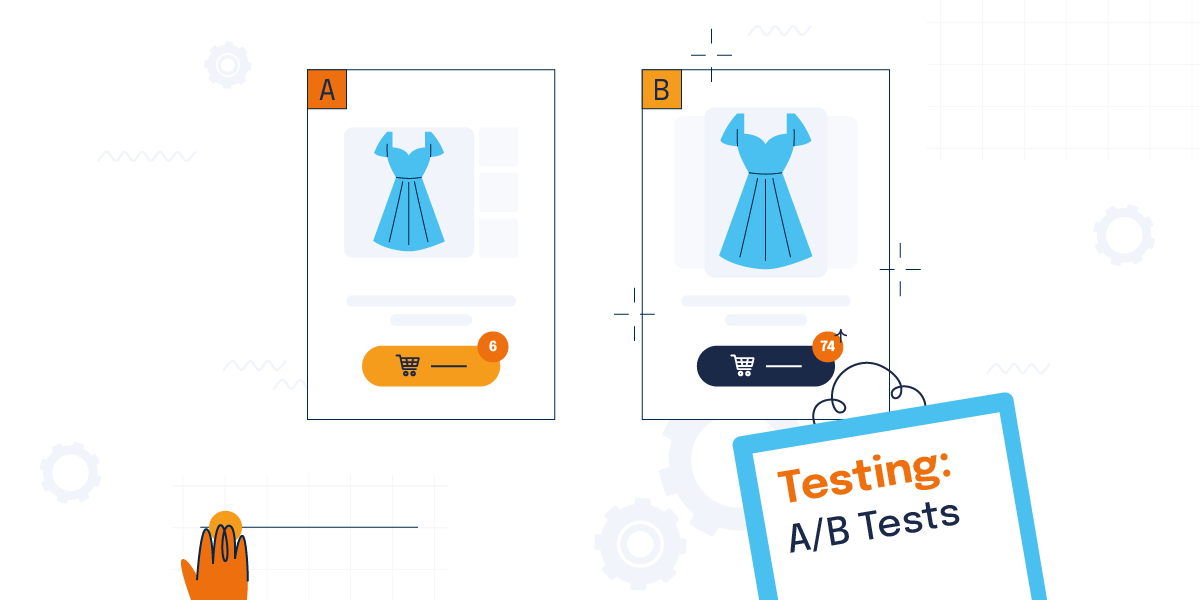Do you want to make your online shop more user-friendly, run effective campaigns, or change the design of your shop? Then A/B testing is an effective way to compare two versions with little effort. The results allow you to make a profitable decision for your business.
Don’t know much about testing? No problem! Here are the key facts about A/B testing.
What Is A/B Testing?
In a nutshell, A/B testing is the comparison of two versions of an action on a website. The goal is to determine which of the two versions performs better. The goal of an A/B test is to make a data-driven decision to improve the usability or user experience of the website.
How A/B Testing Works
Like any test, an A/B test starts by defining a variable to test. This could be the color of a button or different versions of a product description – A/B testing works for almost anything. Once you have chosen a variable, you define a hypothesis. For example: “Changing the color of the button will increase the conversion rate”. You should be clear on what you want to achieve with the change before you set up the test.
Next, define the target audience. In A/B testing, this is always the zero or control group, which is shown the current version, and the test group, which is shown the new version. In addition, a time period is defined during which the test should run. How long the test needs to run to get a clear result depends on several factors. For example, the traffic on the website, events such as holidays, the type of test or the size of the difference between the variants. To avoid skewing the data, it is always important never to run more than one test at a time in the online shop. Once the results are significant, the test can be evaluated. The significance in the test determines how likely it is that the correlation between the two variants is not random. The higher it is, the less likely it is a coincidence. You can use numbers from relevant KPIs such as click-through rate, conversion rate, or user value.
Why Use A/B Testing?
- Conversion rate optimization:
By testing different variations, you can find out which one leads to more conversions on your website. Whether you want to convert a purchase, a form fill, or another desired action.
- User experience improvement:
By testing different design elements or functionalities on your site, you can find out what can improve the user experience of your online shop. This will increase customer satisfaction and brand loyalty.
- Personalization:
Not every audience is the same. You can use A/B testing to provide a customized user experience for each user. This allows you to optimize personalized content and show your customers exactly what they are interested in.
When Is It Useful?
In general, A/B testing makes sense whenever you make small changes to your online shop. A/B testing can be especially helpful when you want to implement new features or redesign individual elements. A/B testing can also help you determine the correct placement or design of certain campaigns.
In general, A/B testing gives you a data-driven way to make more confident decisions. By continually testing your efforts, you can improve many of your online shop’s KPIs, increase customer satisfaction, and build long-term customer loyalty. After all, just because one version outperformed the other does not mean it will always be the winning version forever.
